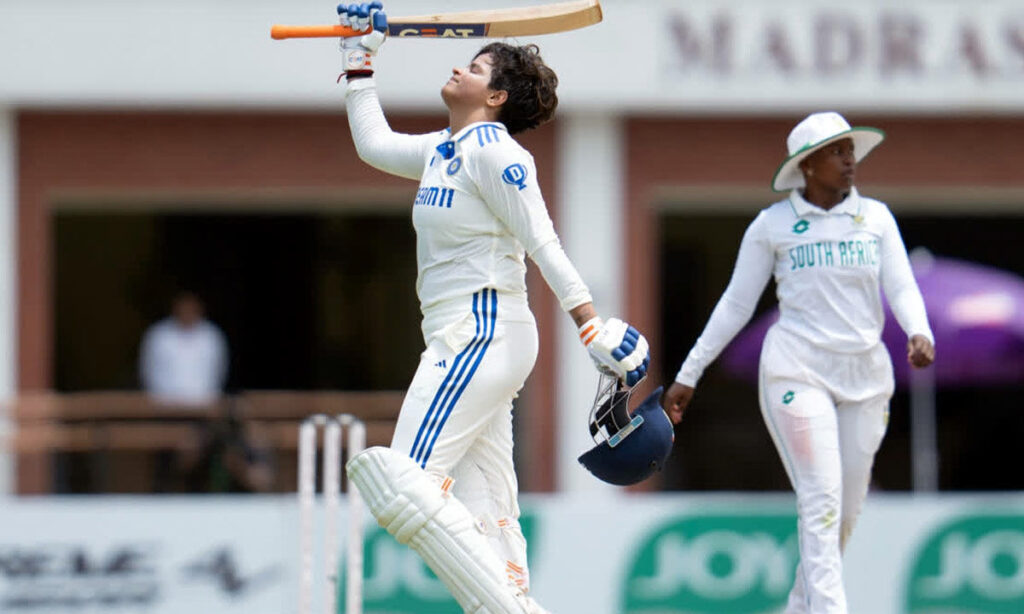It’s early on a Friday morning in June; we’re on our way to Tipasa, an ancient Roman city on the shores of the Mediterranean.
Before the Romans, it was a port of trade for Phonecians from Carthage.
‘Location, location, location,’ they must have thought, the Phonicians. Some prime real estate right here.
Remember that Carthage was founded by a woman who had to flee from her murderous co-ruler/brother in present-day Lebanon? Sadly, even mighty Queen Dido had to give in to those pesky Romans and their military-industrial complex.
The same happened here. In come the Romans, conquering and stealing, as usual. This time, they needed a strategic base to conquer the Mauritanian kingdoms.
Kbor er-Roumia: Le Mausolee Royale Mauretanien
But before we leave the Carthaginian Phoenicians and move on to Roman times, let’s take a look at this impressive tomb.

This is Kbor er-Roumia, or Tombeau de la Chrétienne, tomb of the Christian woman. Intriguing, no? It is believed to be the final resting place of King Juba II and Queen Cleopatra Selene, the only daughter of the more famous Cleopatra of Egypt, and Marcus Antonius.
These days, the tomb is better known as the Royal Mausoleum of Mauritania, and is one of the oldest and largest mausolea from the Carthaginian era (6th to 2nd century BCE). The large, circular structure on top of the hill here is surrounded by 60 Ionic columns, and is built according to the local construction techniques of the time, mixed with Egyptian, Greek and Roman architectural styles. We can safely assume lots of inter-cultural interaction in these parts.

Looks rather majestic, doesn’t it?
And it is quite miraculous that it is still standing. In the mid-1500s, the Pasha of Algiers ordered it demolished. But when swarms of black wasps came out of the tomb and stung the workers to death, the pasha had to give up his misguided plan.
About 300 years later, another ruler of Algiers, one Baba Mahommad, tried to destroy the grave with artillery, but to no avail. Later still, when France occupied Algeria, the French military used it for target practice.
But here it is, still standing.

Seems the universe is protecting this grave.
Roman times
OK, on to the Roman era.
You’ve got to hand it to those Romans, they not only conquered, but also constructed and developed wherever they went. And Tipasa flourished. It was a bustling port, where sea farers from all around interacted with the locals, communicating and exchanging goods. And North Africa got connected with the wider world of the Med.
As we wander through the Roman city, we see the ruins of an early Christian basilica, with mosaics highlighting the transition from paganism to Christianity in this region.

La Grand Basilique
The Forum was once the political and social heart of Tipasa. Temples and various administrative buildings surrounded the Forum. I mind-leap back 2,000 years and see buzzing activity.
Of course there are baths. Wouldn’t be Roman without it, would it? Communal baths was an important part of Roman life.
– and there’s also an impressive Roman theatre, carved into the hillside here, evidence that this was a culturally vital city.

Capacity in Roman times: 4,000 spectators
Finally, there were cemeteries. Tipasa has several necropolises, offering insights into the funerary practices of the time.
What happened to Tipasa?
Invasions, conquering and colonising, that’s what. The Vandals, on a mission to get rid of Christians, invaded in 430 CE. Those who survived fled to Spain, and Tipasa was left abandoned. A century later, the Byzantines reconquered Tipasa, but time was up for this city. From the 6th century onwards, it gradually deteriorated.

On the water
Getting out on the Med and exploring captivating caves is lovely on a hot Algerian day.

Modern-day Tipaza
Ancient Tipasa is surrounded by modern-day Tipaza, a pleasant enough little town, where you can visit Tipasa Museum, browse the markets and have lunch.

Love the retro Renault
Roman mosaic in Tipasa Museum
Plenty of restaurants in Tipaza. The seafood is recommended. And lemon soda from local fizzy drink manufacturer, Hamoud.

Tipasa practicals
- Tipasa is 70 km west of Algiers, reachable by bus, taxi or car. Driving in Algeria doesn’t look too intimidating. It’s a lovely drive along the coast, with superb views.
- The Royal Mauritanian Mausoleum is 11 km south-east of Tipasa, on Algeria’s Sahel plateau.
- You can visit Tipasa on your own, but if you want the history and the stories, it’s better to come with a guide, or if you have a decent knowledge of Arabic or French, ask one of the groundskeepers to show you around.
- We paid ca 14 EUR/15 USD per person for a 1/2-hour boat trip.
Albert Camus in Tipasa
Nobel laureate Albert Camus, one of the most famous Algerians, spent his childhood summers in ancient Tipasa. In 1953, he wrote an essay on his return to the place of his youth. (It’s a short and beautiful essay, give it a read.)
On a stele facing the Mediterranean, is a quote from Les Noces, one of his earliest works. A fitting end to this post, I think.

Je comprends ici ce qu’on appelle gloire: le droit d’aimer sans mesure
Here, I understand what is meant by glory: the right to love without limits.
Albert Camus
Here is the full quote:
Je comprends ici ce qu’on appelle gloire: le droit d’aimer sans mesure. Il n’y a qu’un seul amour dans ce monde. Etreindre un corps de femme, c’est aussi retenir contre soi cette joie étrange qui descend du ciel vers la mer.
Here I understand what is meant by glory: the right to love without limits. There is only one love in this world. To clasp a woman’s body is also to hold in one’s arms this strange joy that descends from sky to sea.
Quite poetic and romantic for a political activist, isn’t it?

All photos by moi, or when I’m in it, by our trusty guide, Riad.
Tipasa is a UNESCO World Heritage site.
Here are more UNESCO World Heritage sites around the world.
Source link















